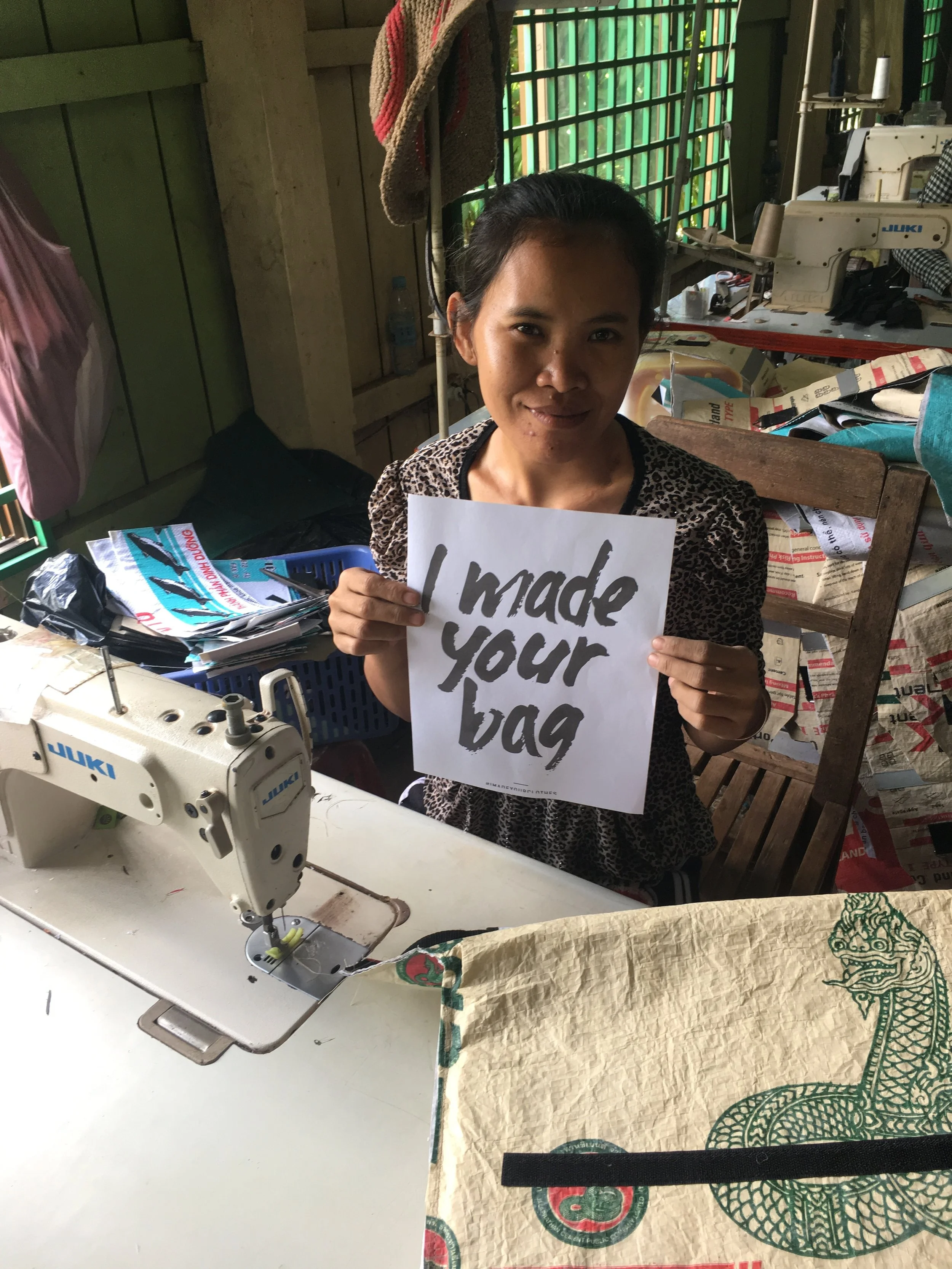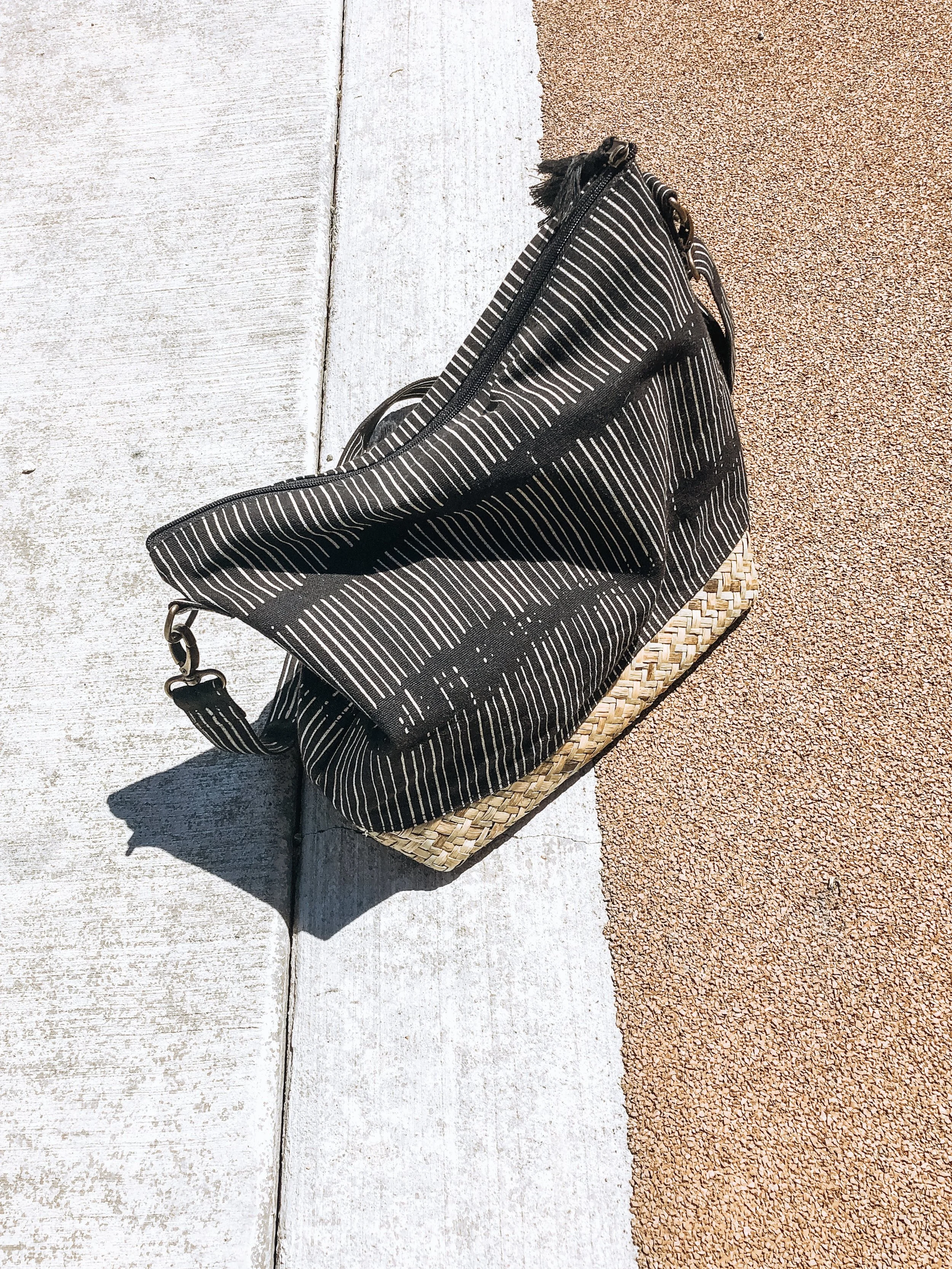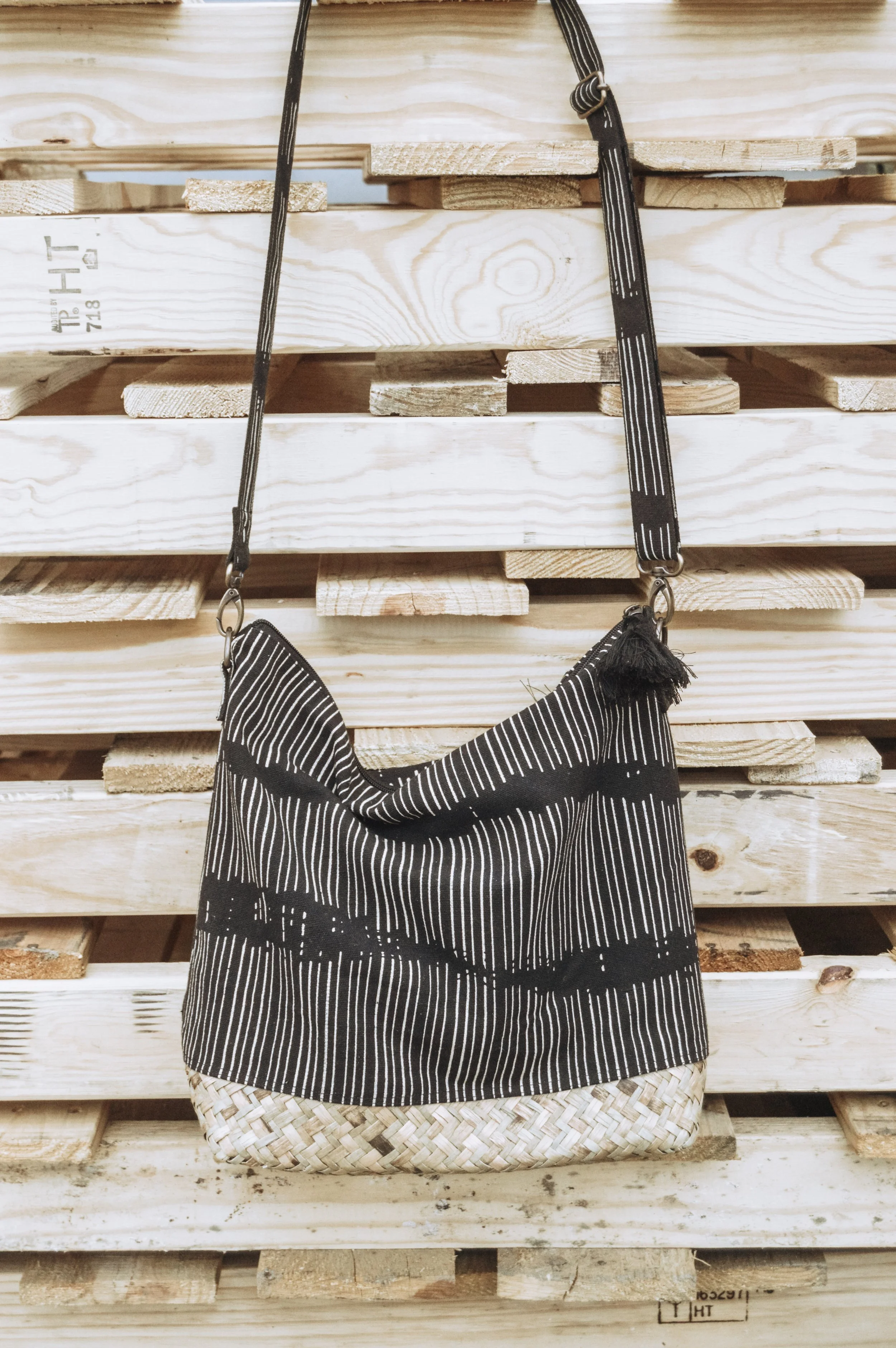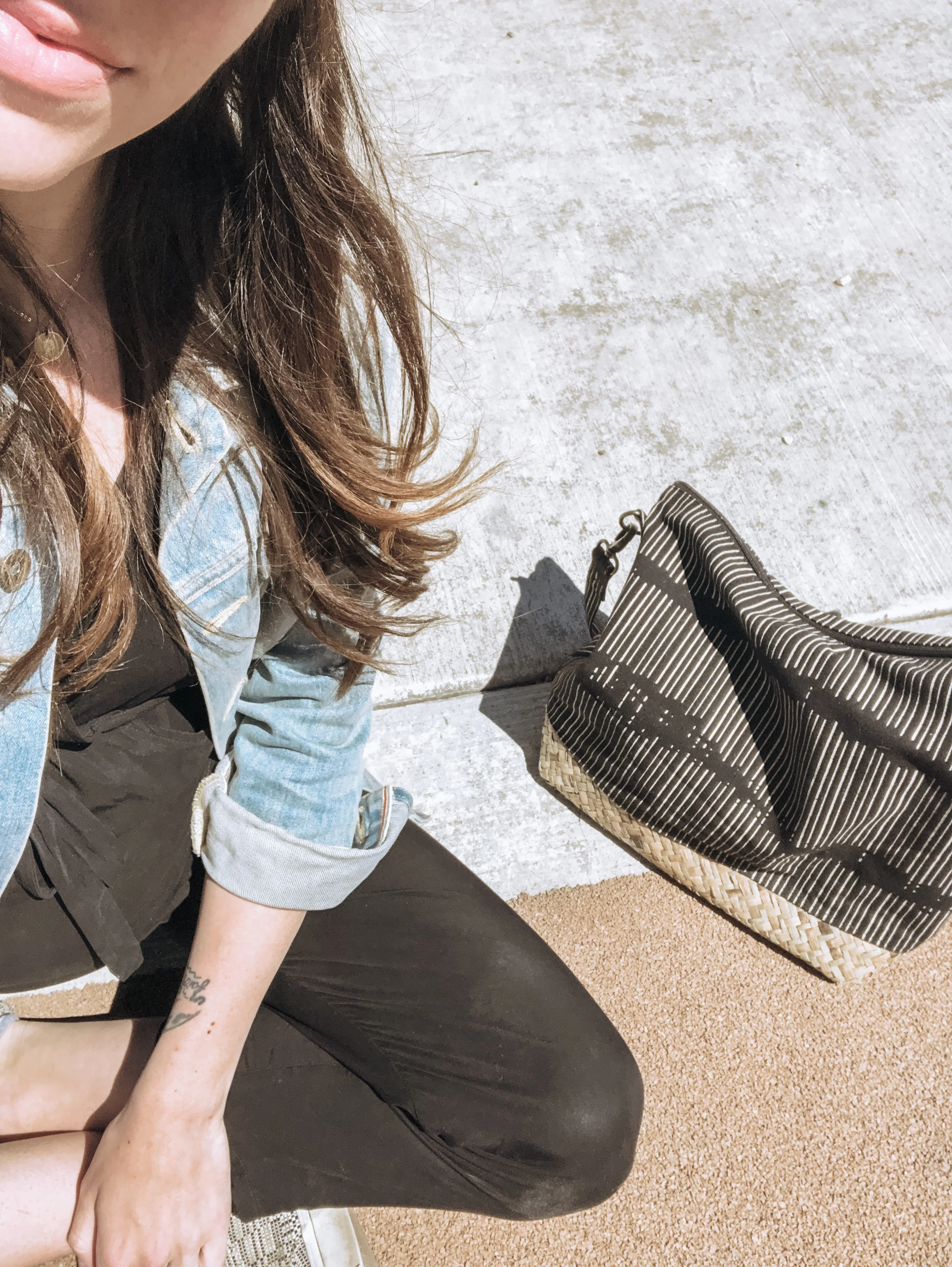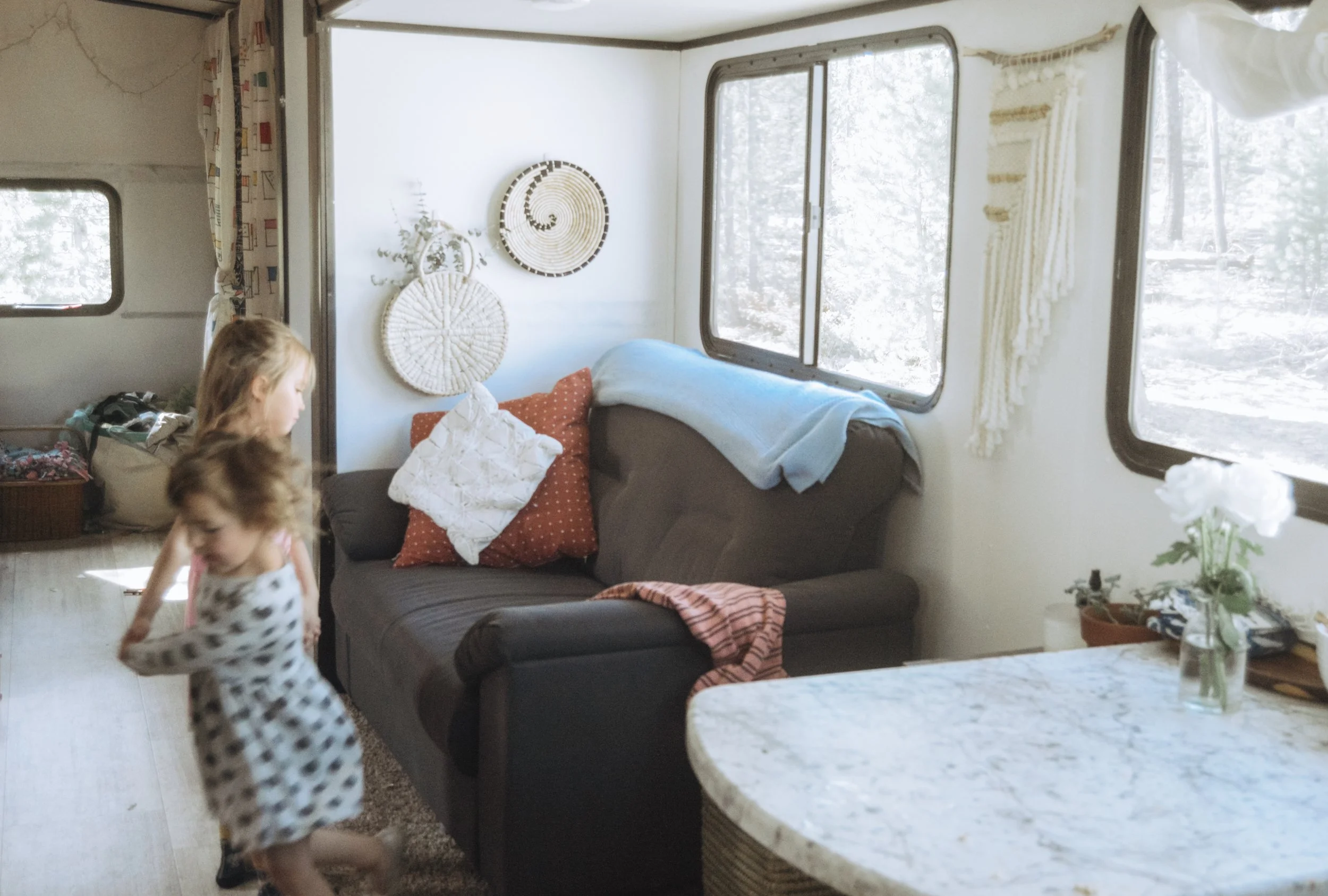Another Fashion Revolution Week is Over...Now What?
This week marked the sixth anniversary of the Rana Plaza Disaster in Bangladesh, where more than one thousand people lost their lives in the collapse of a five story building that served as a production factory for well-known fast fashion chains. This event, although it wasn’t the first of it’s kind or the last, sparked what’s come to be known as the “Fashion Revolution”. Each year, as a tribute to the lives lost and a call to shed light on the malpractice that still exists in the fashion industry, people and brands all over the world demand greater transparency. We ask of our favorite brands, “who made my clothes?” in hopes that the cumulative pressure will result in not only policy change but ground-level, real life, actual change too.
And it’s working.
Last year I shared a post about the strides in the Slow Fashion Movement to date, and I think that if I did a little more digging, I’d find that even more strides were made this year. More awareness was raised, more voices heard, more big brands committed to Fair Trade certification and greater transparency.
But, just because Madewell launched Fair Trade denim or brands like Everlane pledge to go plastic free doesn’t mean that we get to stop. We’ve by no means arrived and the need for an ethical fashion revolution remains more important now than ever.
But #FashionRevolutionWeek is over. So now what?
As inspiring and exciting as it is to have a world-wide week of awareness and action, we don’t get to stop there. Here are a few ways that I think we can keep the motivation going, all year long.
Keep asking questions
You know those photos of inside out shirts with the tags facing out and the wearer asking the maker “who made my clothes”? Don’t stop doing that. One thing I’ve learned over the past three or four years of communicating with brands is that you should never be scared to press for more information. If a brand you love isn’t transparent about their sourcing, fabrics, or factory conditions (which is truly pretty rare) on their website, don’t be afraid to email. Reach out to customer service via email — it’s much less intimidating than a phone call — and ask for more information on their sustainability and ethics practice. If they send over a generic Code of Conduct policy lacking in specifics, don’t be afraid to see through it and ask for clarification.
Ask questions, make it clear you won’t shop without answers, and if you need it, email me (or someone else who has been there before) for help!
2. Find a community
When, for most of the world, questioning the brands who make their clothes isn’t the norm, it can be overwhelming to “walk the walk” alone. In the beginning of my slow fashion journey, I stumbled on this amazing community of people who taught me and answered my questions about where to shop and how to confront brands and, most of all, taught me that shopping ethically was possible.
If you’re feeling intimidated by the scope of the phrase “quit fast fashion”, don’t worry. There’s a global community of people in the same place as you are, each with their own story and perspective. Find them (online, in real life, via blogs, via a quick Google search) and connect with them. The hunt for slow fashion will be much less intimidating.
Your community can be made up of individuals, but you can also form relationships with ethically-minded brands as well. Malia Designs, the maker of the bag in the photos in this post, was one of the very first brands I ever discovered and one of my very first “real” blog posts, which is why I decided to share about them in today’s post. For 10 years, Malia Designs has been working to fight human trafficking, improve wages, and give artisans a leg up in the Western market, and following their journey since I connected with them has been pretty amazing.
Get connected and you’ll have no shortage of inspiration.
3. Know what to look for
What issues matter most to you when it comes to ethical fashion? It’s hard for any brand, no matter the budget or intention, to check every single box off on the “sustainability and ethics ladder”. Knowing what issues are closest to your heart will help you weed through the overwhelming amount of brands out there and decide which ones you love to support. Is women owned important to you? Size inclusivity? Organic/plant based fabrics? Fair Trade certification? Artisan made? Versatile style? Supporting issues like trafficking and human rights?
See? It’s not simple. But it’s worth it.
4. Shop less (but better)
The bulk of deciding to shop more sustainably is to adjust your mindset. Overconsumption is the root issue of fast fashion and the exploitation at it’s heart is fueled by our (the consumers’) need for moremoremore. Create a capsule wardrobe, pare down your closet, invest in more expensive pieces that will last you decades instead of seasons.
5. Share with your “audience”
Whether you think so or not, you have an audience. Your family, your community, your kids, your co-workers, your social media connections. Start sharing, maybe slowly at first, about why you’ve transformed your shopping habits, and watch as your passion spreads.
Of course, there’s no one-size-fits-all approach to sustainability or ethical fashion, but if we can keep the momentum going, as a unified community supporting each other’s perspectives and voices, there’s no doubt in my mind that this year can be the biggest year yet.
A little bit about Malia Designs:
Aside from their obviously unique appreciation of detail and re-purposing, Malia Designs is a true leader in the sustainable and ethical fashion scene. They employ men and women from three groups of Fair Trade Certified artisans in Cambodia. These men and women are often at higher risk of trafficking and having a fair, dignified source of income is life changing.
They use recycled and upcycled materials for their bags and accessories. Upcycled cotton canvas, recycled feed and cement bags and other materials help clean up the streets of Cambodia and decrease pollution from new production.
If you’re looking for a model of “what to look for” in a brand, browse Malia Designs’ website for shockingly refreshing transparency, photos of their artisans, and all of the details you need to make an informed purchase.
What now? How will you take the motivation of Fashion Revolution Week and run with it into the rest of the year?
*This post was sponsored by Malia Designs. All opinions, creative direction, and photos are my own. Thank you for supporting the brands that make this blog possible (and the world a better place).*


